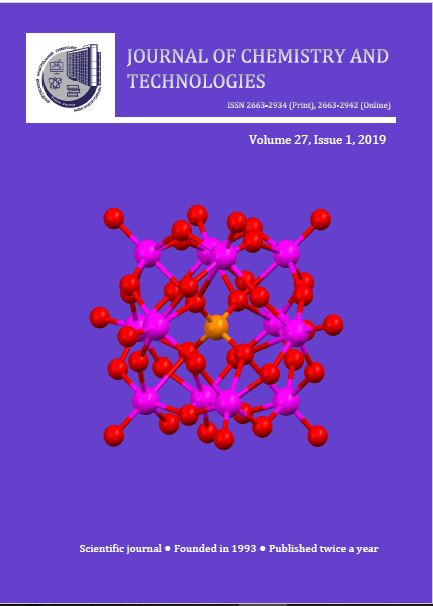STATE-OF-THE-ART OF EXPRESS ANALYTICAL METHODS OF RESEARCH OF MATERIAL OBJECTS IN CRIMINAL PROCESS
DOI:
https://doi.org/10.15421/081907Keywords:
evidence, express-analysis, mass-spectral analysis, innovative technology, X-ray fluorescence analysis, gas analyzer, test systemAbstract
The article shows what new possibilities can give the complex application of modern methods of express analysis of material evidence in revealing and proving the circumstances of the investigated event in a criminal proceeding by using modern advances in chemistry and other natural and technical sciences. The instruments for rapid analysis used in the investigation practice are considered, including gas analyzers, chemical test systems (SIGMA set), X-ray fluorescence analyzers («EXPERT Mobile»), electronic microscopes, mass-analyzers (EMAL). The EVD-3000, which is today the most recognized portable detector for explosives (including plastic explosives) and their traces, provides an analysis of the result within 15 seconds. Portable gas analyzer of explosives vapor "EHO-M" is used to study material objects at the scene, as well as the Kinovar analyzer and the "Molecule" portable set. To diagnose the presence of drugs, specially made rapid chemical "spray-tests" of the type "Narcotics identification kit" manufactured by "Becton Dickinson" (USA) are used. Incorporated in expert and investigative practice, the portable set of chemical reagents for express analysis of narcotics "SIGMA" is used to identify objects that contain suspicion of the content of narcotic substances. Portable X-ray fluorescence express analyzer for alloys "EXPERT Mobile" allows non-destructive operational analysis of material objects in the field. Mass-analyzers with laser source of ions EMAL, "SELMI" provide the possibility of simultaneous detection of several dozen elements without destroying material objects.
Downloads
Published
Issue
Section
License
Copyright (c) 2019 Дніпровський національний університет імені Олеся Гончара

This work is licensed under a Creative Commons Attribution 4.0 International License.
- Authors reserve the right of attribution for the submitted manuscript, while transferring to the Journal the right to publish the article under the Creative Commons Attribution License. This license allows free distribution of the published work under the condition of proper attribution of the original authors and the initial publication source (i.e. the Journal)
- Authors have the right to enter into separate agreements for additional non-exclusive distribution of the work in the form it was published in the Journal (such as publishing the article on the institutional website or as a part of a monograph), provided the original publication in this Journal is properly referenced
- The Journal allows and encourages online publication of the manuscripts (such as on personal web pages), even when such a manuscript is still under editorial consideration, since it allows for a productive scientific discussion and better citation dynamics (see The Effect of Open Access).


